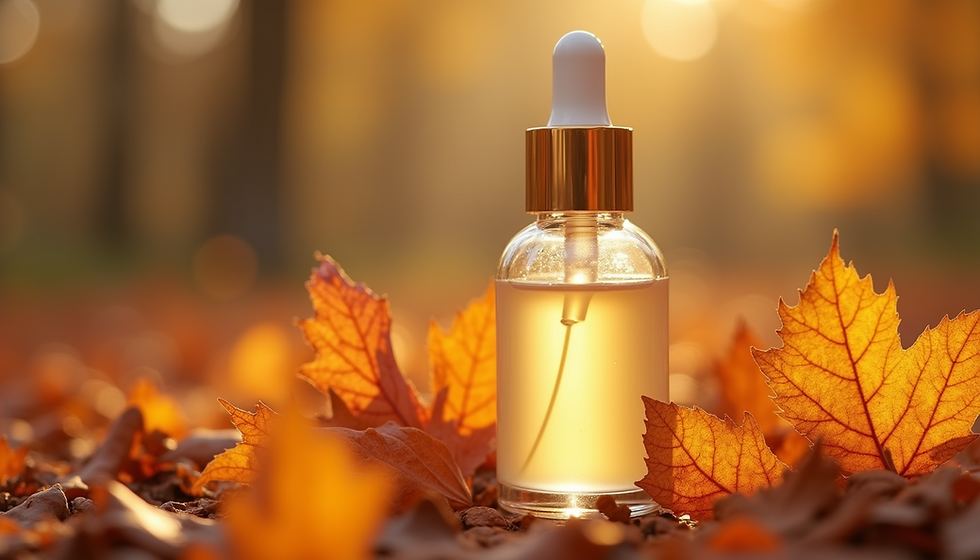Fillers VS Botox - What's the difference?
- yasminhirst
- Oct 1
- 3 min read
Navigating the world of cosmetic enhancements can be overwhelming, especially with popular treatments like fillers and Botox. Both offer solutions to aging concerns, but they work in very different ways. Understanding these differences is crucial for anyone considering these treatments. This post will clarify how fillers and Botox differ while highlighting their unique benefits.
What Are Fillers?
Dermal fillers are injectable substances designed to restore volume and structure, smooth out deep folds, and enhance facial contours. Most fillers consist of hyaluronic acid, a natural element in our bodies that helps skin stay hydrated and elastic.
Fillers work by physically adding volume to the skin. For instance, they can be used to define cheek bones, give structure back to your jaw line and restore youthful plumpness and hydration to lips. The results are immediately noticeable, and depending on the specific product used, they can last from six months to as long as two years.
What Is Botox?
Botox is a neurotoxin derived from the bacterium Clostridium botulinum. It is primarily used to paralyze the muscles that lead to dynamic wrinkles, such as frown lines, crow's feet, and forehead lines. By blocking nerve signals to these muscles, Botox smooths the skin above them.
Patients typically notice results from Botox within three to five days, and its effects last about three to six months. After this period, muscle activity resumes, and wrinkles may gradually return.
Key Differences Between Fillers and Botox
Purpose
The main difference between fillers and Botox is their purpose. Fillers add volume, definition and contour to specific areas of the face. In contrast, Botox relaxes muscles that cause wrinkles. For example, fillers are often used for plumping lips or filling nasolabial folds, while Botox targets areas like the forehead and around the eyes.
Composition
Fillers generally contain hyaluronic acid or other biocompatible materials, whereas Botox is a neurotoxin. This fundamental difference in makeup affects how each treatment works within the body.
Treatment Areas
Fillers excel in areas that require volume restoration, such as the cheeks, lips, jawline, chin and under the eyes. Botox is most commonly known for its use on the upper face, especially the forehead, between the eyebrows, and around the eyes, where dynamic wrinkles appear most frequently, but is also highly effective on the lower face and neck.
Duration of Results
The longevity of results differs between fillers and Botox. Fillers can last from six months to two years, depending on the formulation, while Botox typically lasts three to six months.
Benefits of Fillers
Immediate Results
One of the most appealing features of fillers is their immediate results. Patients often walk out of the clinic with noticeable improvements, making fillers ideal for quick enhancements.
Versatility
Fillers can serve multiple purposes, such as lip enhancement, cheek volume, and even non-surgical nose jobs. For instance, patients can use fillers to achieve a subtle lift in their cheeks, enhancing their overall facial profile.
Natural-Looking Results
When administered by a skilled practitioner, fillers provide natural-looking results. Subtle enhancements can elevate your features without a drastic change, which is a significant reason many opt for fillers. A survey reported that over 70% of patients felt they looked more youthful after filler treatments.
Benefits of Botox
Effective for Dynamic Wrinkles
Botox is highly effective in treating dynamic wrinkles caused by muscle movements. Research indicates that 90% of patients see a noticeable reduction in fine lines and wrinkles after Botox treatment.
Preventative Treatment
Many individuals start Botox in their late 20s or early 30s to prevent deeper wrinkles from forming. Starting treatment early can delay the appearance of more significant signs of aging.
Quick Procedure
The Botox injection process usually takes only 10 to 15 minutes, making it a convenient option for people with busy lifestyles. This quick turnaround allows for easy scheduling around work or other commitments.
Choosing the Right Treatment for You
When deciding on whether to have fillers and Botox, consider your specific goals and the areas you want to treat. Consulting with a qualified practitioner is essential. They can assess your facial structure and discuss your aesthetic goals, helping you develop a personalized treatment plan.
Final Thoughts
Fillers and Botox are both effective treatments with distinct purposes but are best used to complement each other as part of a bespoke treatment package. Fillers rejuvenate the face by adding volume, while Botox relaxes muscles to diminish wrinkles. Knowing the differences can empower you to make informed choices about your aesthetic journey. Whether you opt for fillers, Botox, or a combination, working with an experienced professional is vital for achieving your desired results.
.png)




Comments